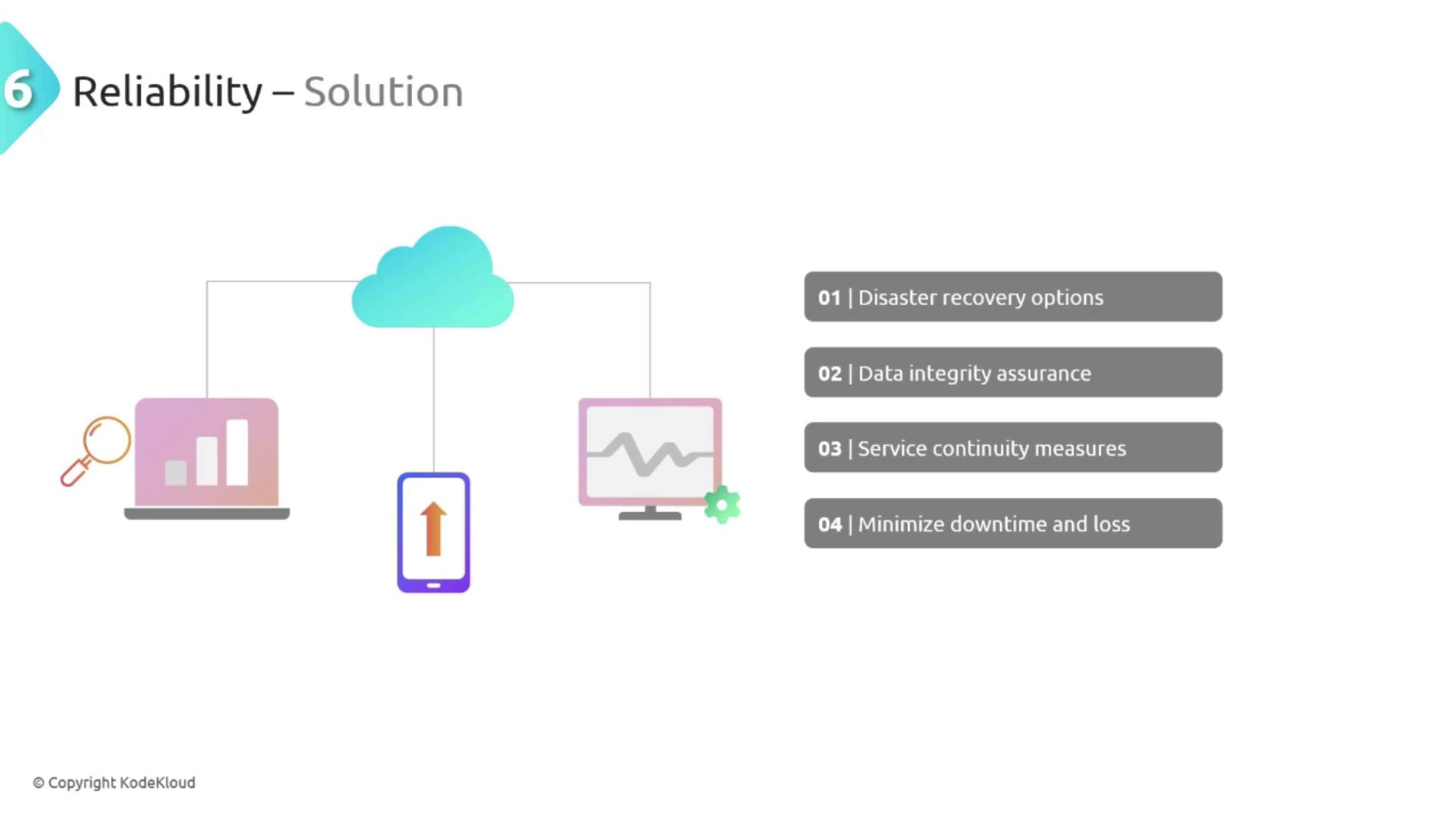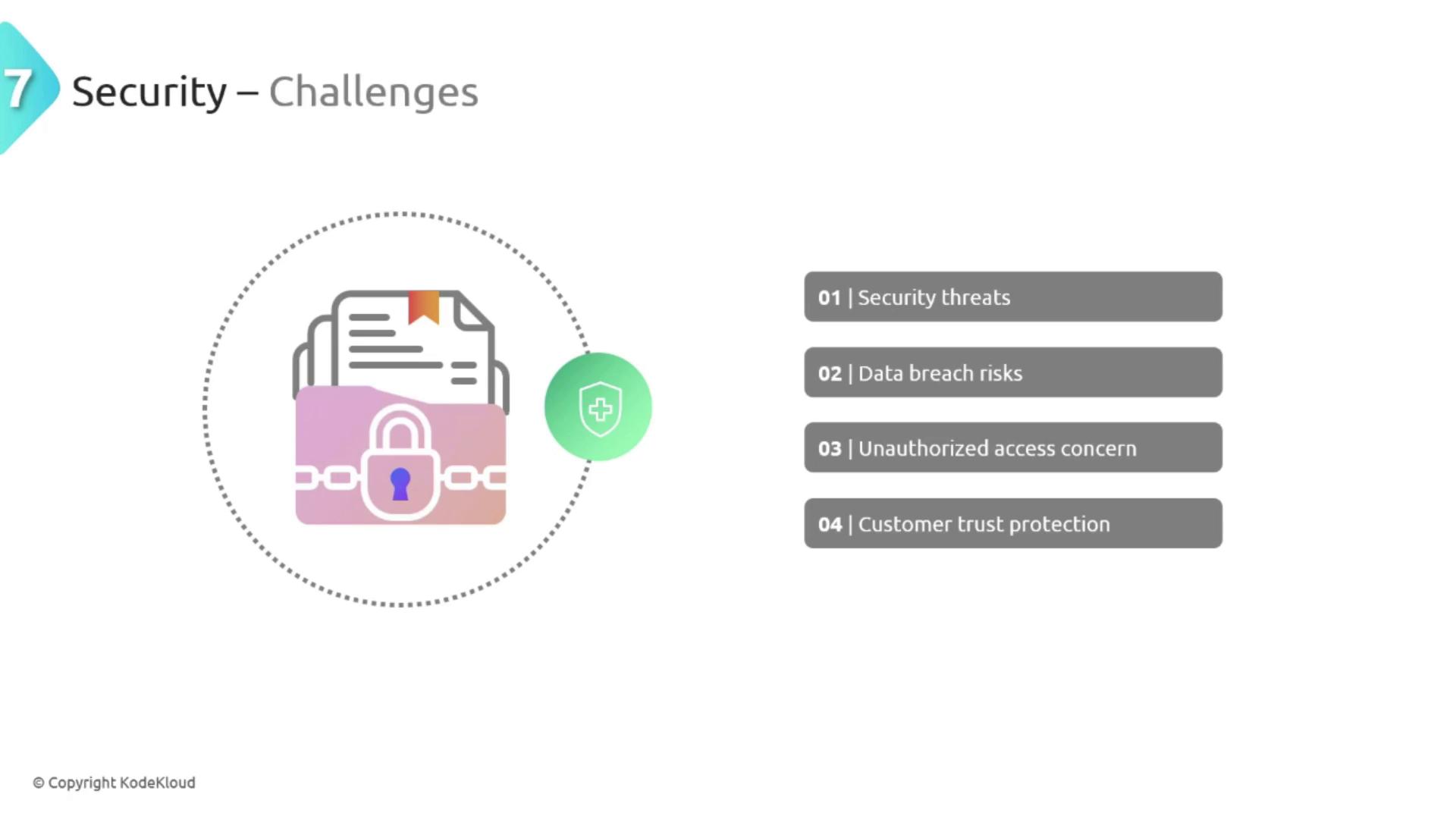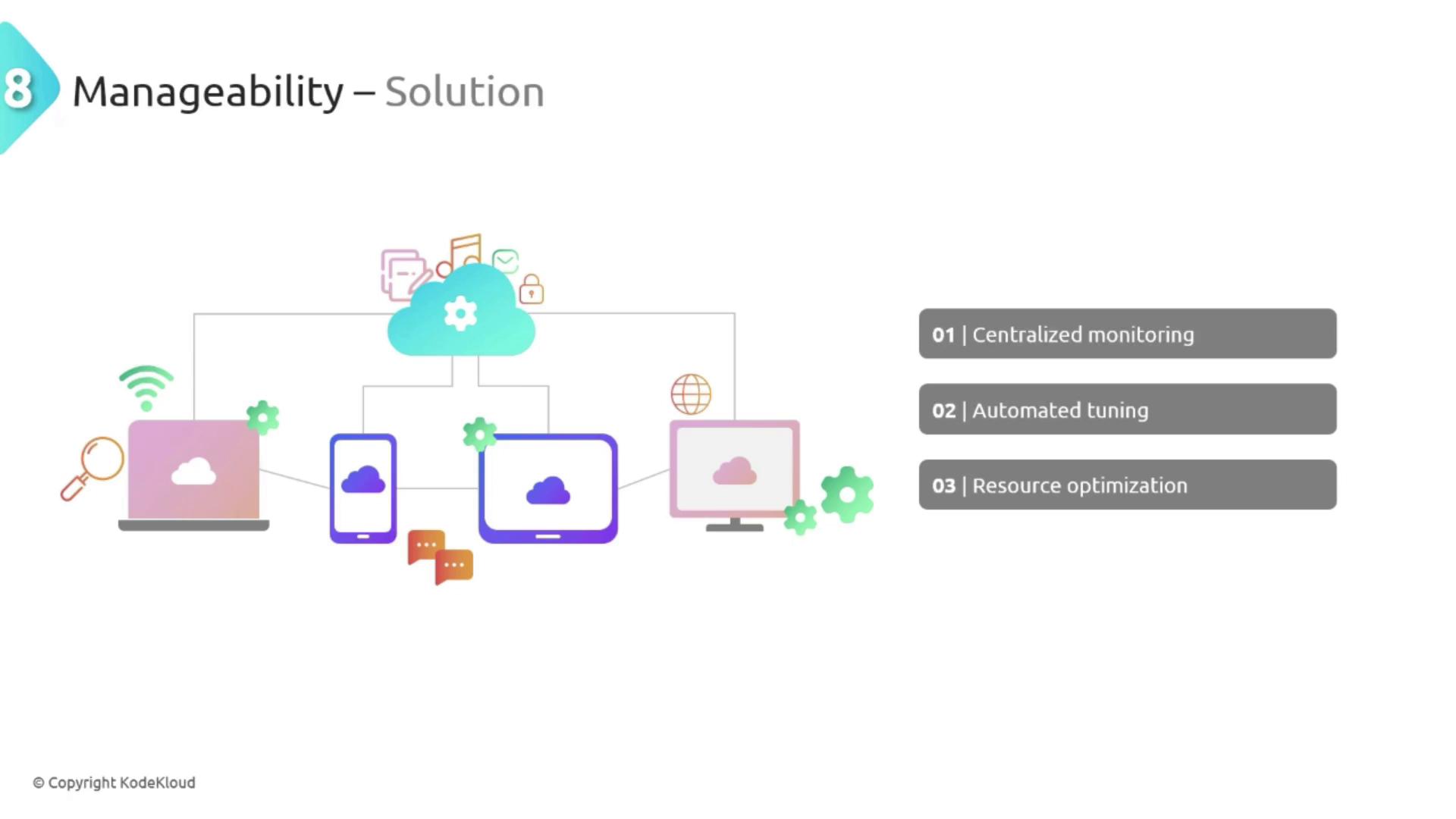AZ900: Microsoft Azure Fundamentals
Cloud Computing
Cloud Benefits Part 2
Bella Innovation faces several challenges when it comes to elasticity in its on-premises environments. Unpredictable traffic bursts can strain local servers that are optimized for regular loads but may struggle during surges caused by campaigns, sales events, or product launches.
Additionally, immediate resource allocation is a significant challenge. On-premises systems are often incapable of dynamically adding resources, meaning capacity expansions can take weeks or even months due to the need for manual hardware procurement and installation. Moreover, these systems typically rely on manual scaling rather than automatic responses to demand spikes. Managing both upward and downward scaling effectively is difficult, leading to inefficiencies and wasted resources during off-peak periods.
Let's explore how cloud computing tackles these limitations. In the cloud, elasticity refers to the dynamic allocation and deallocation of resources as needed. Although elasticity is sometimes confused with scaling, the two are distinct:
- Scaling generally deals with handling a growing workload by adding extra resources.
- Elasticity ensures that the resources provided precisely match current demand through automatic provisioning and deprovisioning.
This rapid adjustment in the cloud guarantees dynamic resource allocation and cost-efficient usage—running instances only when they are necessary.

Key Benefit
Running instances on-demand rather than continuously offers significant cost savings.
Reliability
Reliability is critical for Bella Innovation, ensuring that user applications and data remain accessible and safeguarded against failures, data loss, or corruption. Traditional on-premises setups can struggle to provide continuous accessibility. For example, scheduled maintenance or unexpected power outages may disrupt essential services like email or customer-facing applications, leading to revenue loss and customer dissatisfaction.
Data protection poses another concern. On-premises systems typically depend on localized backup solutions that are vulnerable to physical damage from natural disasters. Moreover, incident recovery can be slow due to the time required to diagnose issues, procure replacement parts, or restore backups.
Cloud computing addresses these challenges by providing robust disaster recovery and backup solutions. Features such as data replication, automated failover, and regular backups ensure both data integrity and uninterrupted service continuity, even during unexpected disruptions.

Security
Safeguarding data and maintaining trust is paramount for Bella Innovation amid a landscape of evolving cyber threats. On-premises environments face significant risks, including rapidly evolving attack vectors, the necessity of constant system updates, and the dangers associated with centralized data storage. Unauthorized access—whether from external actors or internal threats—requires comprehensive authentication and oversight.
Cloud services offer a range of advanced security features designed to counter these challenges:
- Network security measures to thwart intrusions.
- Data encryption to protect sensitive information.
- Identity and Access Management (IAM) solutions for secure user authentication.
- Threat detection systems that automatically identify and respond to potential security breaches.
Tools such as Microsoft Sentinel further enhance security by providing automated mitigation strategies.

Implementing these measures helps safeguard data and reinforces customer trust.

Manageability
As Bella Innovation’s cloud infrastructure grows in complexity, effective management and monitoring become increasingly crucial. Traditional on-premises setups require careful balancing of hardware maintenance, software updates, and the seamless operation of all components—a process that is resource-intensive and prone to errors.
Achieving optimal performance in on-premises environments often necessitates deep expertise in hardware-software interactions along with manual adjustments. Additionally, managing costs can be challenging due to high capital expenditures and variable operating expenses.
Cloud platforms simplify manageability by offering centralized control and automation tools. Key solutions include:
| Feature | Benefit | Example Service |
|---|---|---|
| Centralized Monitoring | Real-time insights and analytics | Azure Monitor |
| Automated Performance Tuning | Streamlined optimization with minimal manual effort | Automation Function Apps |
| Resource Optimization | Cost-effective recommendations for resource usage | Azure Advisor |
These tools support an efficient, well-managed, and cost-effective cloud environment.

Conclusion
In summary, cloud computing effectively overcomes many challenges associated with on-premises infrastructure. It provides:
- Elasticity through dynamic resource allocation.
- Enhanced reliability via robust disaster recovery and backup measures.
- Improved security with advanced threat detection and automated responses.
- Simplified manageability through centralized monitoring and automation tools.
With these benefits, Bella Innovation is well-positioned to capitalize on the versatility and efficiency of cloud environments. Next, we will delve into one of the most critical topics: cloud service types.
Further Reading
Explore more about cloud service models to determine which best fits your business needs. For detailed insights, check out Kubernetes Basics and the Microsoft Azure Documentation.
Watch Video
Watch video content